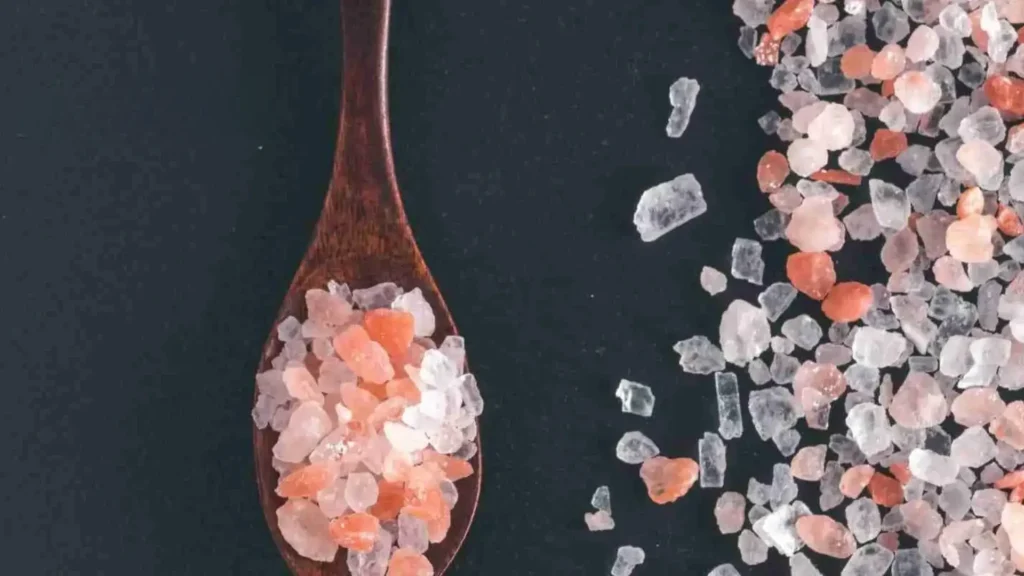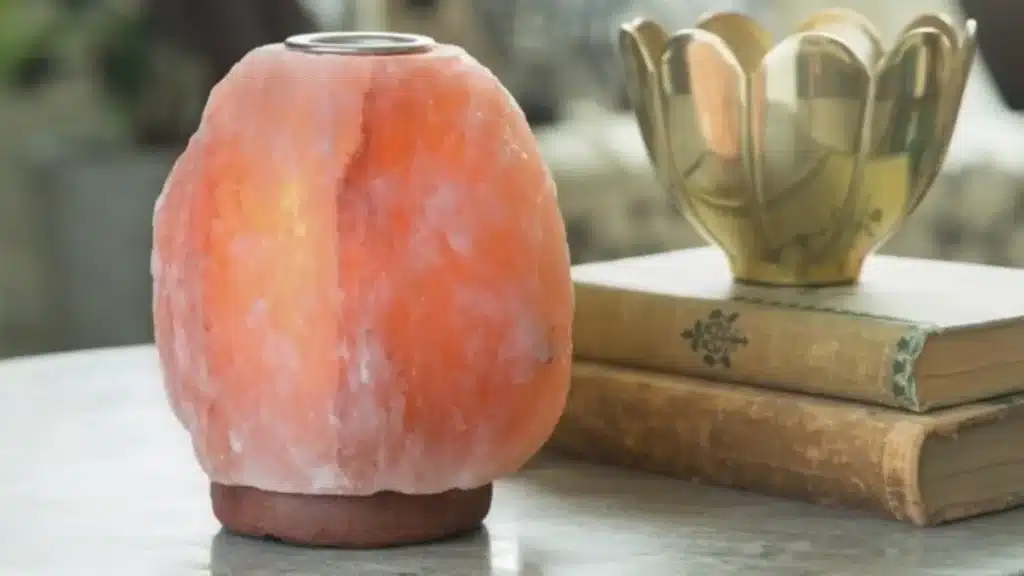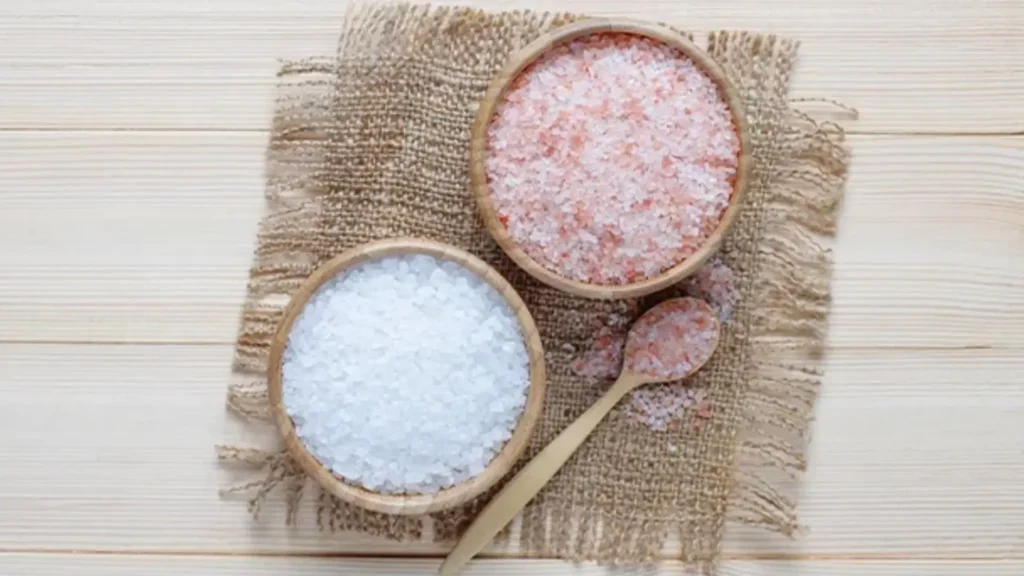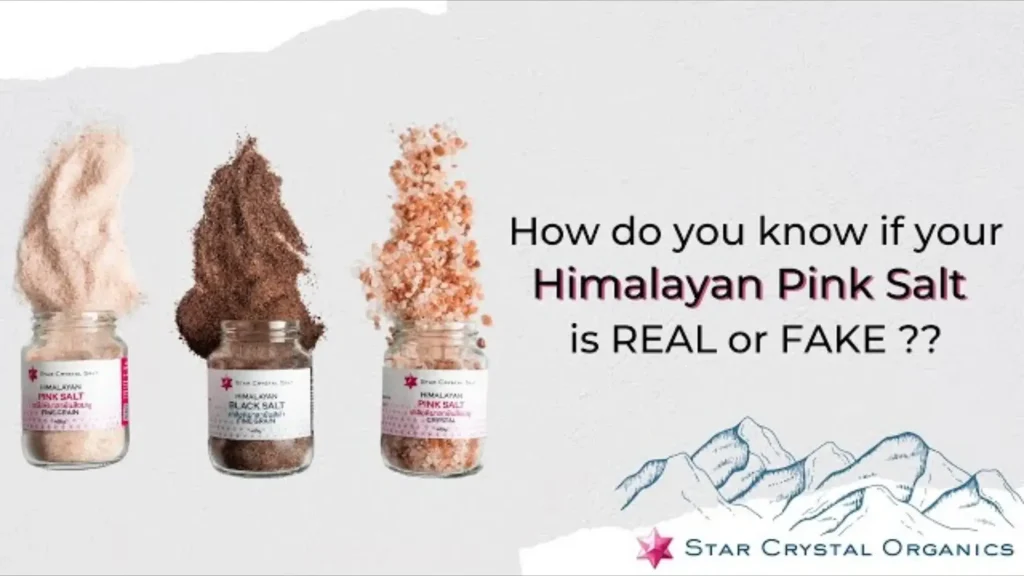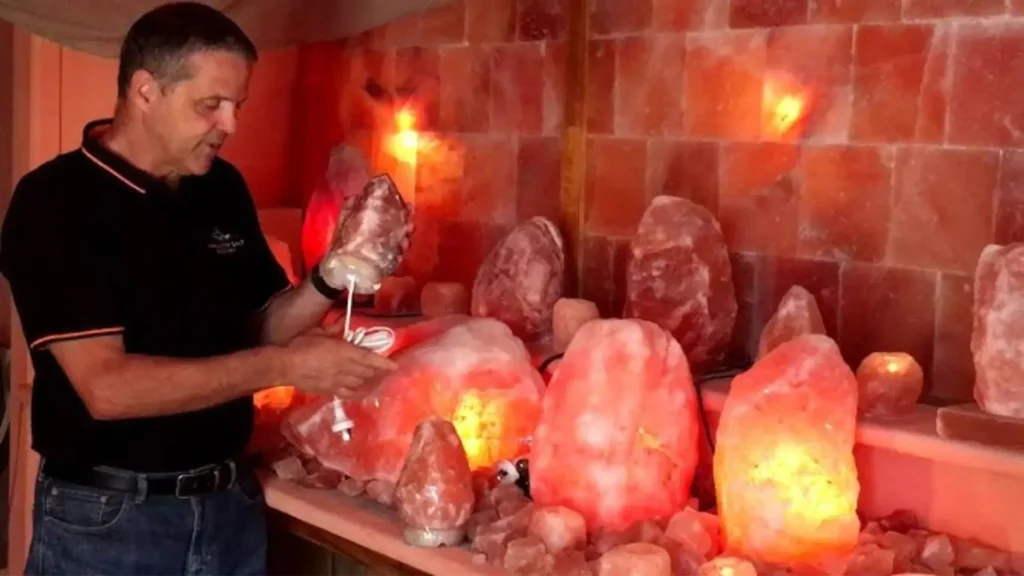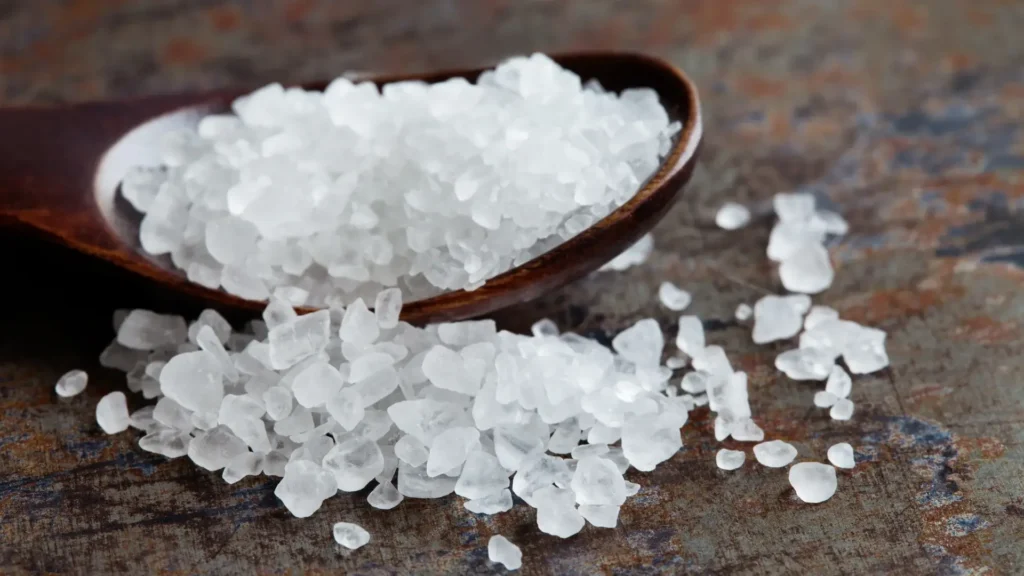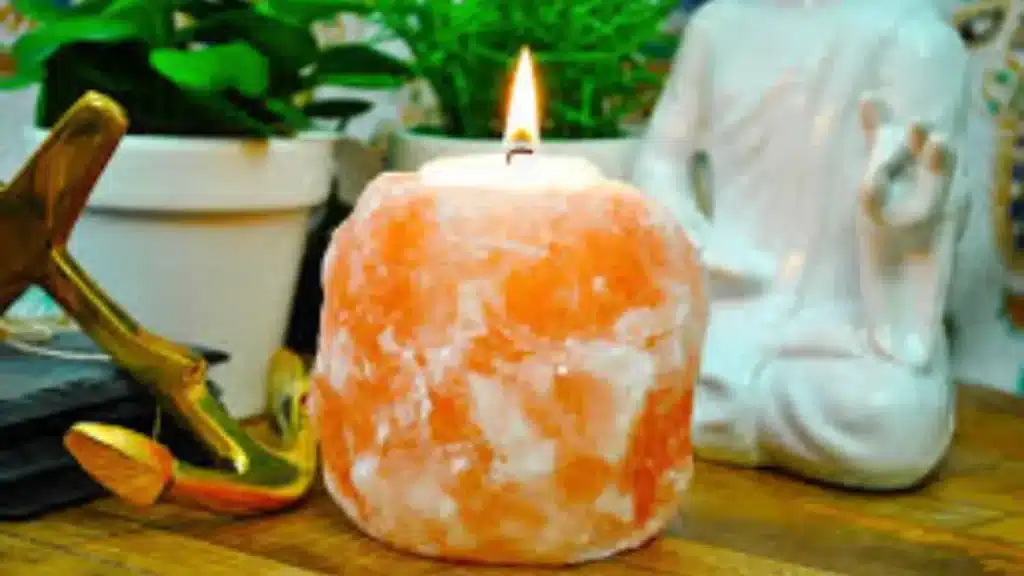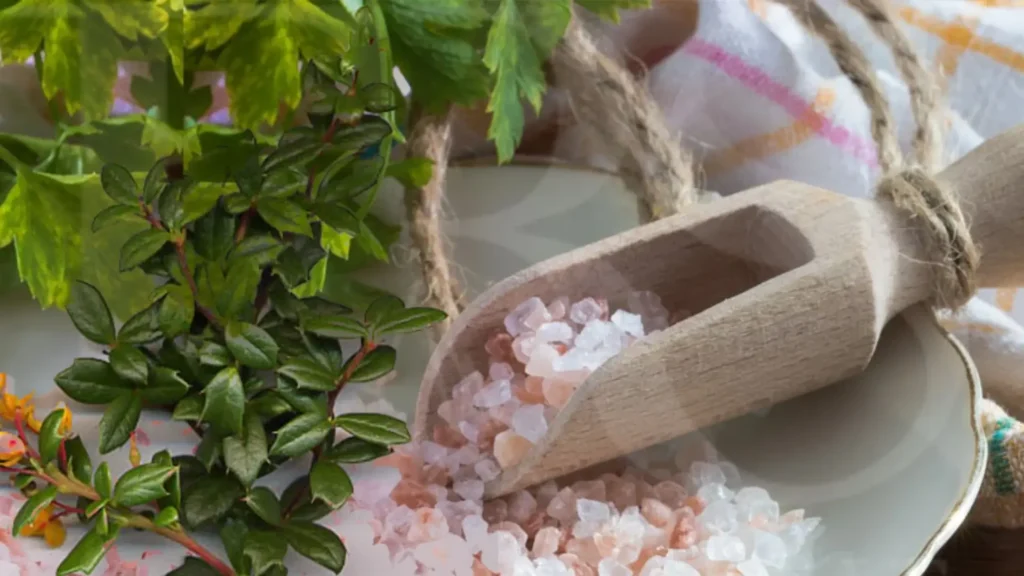Himalayan Salt Crystals
Unveiling The Wonders Of Himalayan Salt Crystals A Comprehensive Guide Did you know that Himalayan salt crystals are not just a culinary delight but also a treasure trove of health benefits? Mined from the ancient salt deposits of the Himalayas, these stunning pink crystals have captured the attention of chefs, wellness enthusiasts, and home decorators alike. With their unique mineral composition and versatile applications, Himalayan salt crystals offer a myriad of uses that can enhance your lifestyle in unexpected ways. Table of Contents Understanding Himalayan Salt Crystals Himalayan salt, often referred to as “pink salt,” is a type of rock salt harvested from the Khewra Salt Mine in Pakistan. This mine, believed to be over 250 million years old, produces salt that is rich in minerals, including potassium, magnesium, and calcium, which contribute to its distinctive pink hue. Unlike regular table salt, which is heavily processed and stripped of its natural minerals, Himalayan salt retains its purity and offers numerous health benefits. The Multifaceted Uses of Himalayan Salt Crystals Culinary Applications Elevate Your Cooking Experience Himalayan salt crystals are not just for seasoning; they can transform your entire culinary experience. Here are some innovative ways to incorporate them into your cooking: Flavored Dishes: Use Himalayan salt to season meats, seafood, and vegetables. Its unique mineral content enhances flavors and adds depth to your dishes. Salt Blocks for Grilling: Cooking on a Himalayan salt block imparts a subtle saltiness while retaining the natural moisture of your food. Perfect for grilling vegetables or searing meats, these blocks can also be chilled to serve cold dishes. Creative Garnishes: Rim your cocktail glasses with Himalayan salt for a sophisticated twist. The coarse texture adds a delightful crunch and a burst of flavor. Wellness Benefits A Natural Path to Health Beyond the kitchen, Himalayan salt crystals offer a range of wellness benefits: Detoxifying Baths: Adding Himalayan salt to your bathwater can help detoxify your body. The minerals promote relaxation and soothe sore muscles, turning your bath into a rejuvenating spa experience. Air Purification: Himalayan salt lamps are not just decorative; they are believed to purify the air. When heated, these lamps release negative ions that can neutralize pollutants and allergens, creating a healthier living environment. Inhalation Therapy: Salt therapy, or halotherapy, utilizes the healing properties of salt to alleviate respiratory issues. Breathing in the salt-infused air can help reduce symptoms of asthma, allergies, and other respiratory conditions. Aesthetic Appeal Enhancing Your Living Space Himalayan salt crystals are not only functional but also visually appealing. Their warm, pink hues can add a touch of elegance to any space: Decorative Salt Lamps: These lamps create a soothing ambiance while providing potential health benefits. The soft glow can enhance your mood and promote relaxation. Unique Home Decor: Use Himalayan salt blocks as serving platters or decorative pieces. Their natural beauty can elevate the aesthetic of your home. Conclusion Himalayan salt crystals are a remarkable addition to any kitchen or wellness routine. Their versatility extends beyond flavoring food; they offer numerous health benefits and aesthetic appeal. Whether you’re looking to enhance your culinary creations, improve your well-being, or beautify your living space, Himalayan salt crystals are a natural choice. Frequently Asked Questions How long do Himalayan salt crystals last? Himalayan salt crystals can last indefinitely if stored properly in a cool, dry place away from moisture. Can I mix Himalayan salt with other types of salt? Yes, you can mix Himalayan salt with other salts, but be mindful of the flavor profiles and mineral content. What health benefits does Himalayan salt provide? Himalayan salt is believed to aid in hydration, improve respiratory health, and provide essential minerals that support overall well-being. Are Himalayan salt lamps safe for pets? While Himalayan salt lamps are generally safe, it’s essential to keep them out of reach of pets to prevent any potential salt ingestion. Share This Post Subscribe To Our Newsletter Get updates and learn from the best our latest posts
Himalayan Salt Crystals Read More »

